David Mitchell
Well-Known Member
Hi all
I have added another vintage camera to my collection, this was sold as an Argus C3, but on further inspection due to the lack of flash sync holes on the side its actually an earlier C2 model.
This was a cheap but robust 35mm range finder camera built in the US during WWII, its got a bakerlite body as well as leatherette facing. As you can see from the photos below its called 'the brick' for a reason, its a nice solid construction but the viewfinders are a bit small lol
The way this rangefinder works is the left view finder is just for composition ie simply a bit of glass to look through and choose your image. The right view finder is coupled with the lens on the front of the cameras, as you turn it it moves a prism.
Looking at the front the left view finder is cut in 2, when viewing through the range finder view finder the image is duplicated and split, the bottom part is clear and the top part is yellow and as you move the focus on the lens the image at the top moves. The idea is to match up the top and bottom images together, once they line up you are in focus and can take the photos. Its a bit different to other range finders, but remember that these cameras were cheap to buy at the time.
Mine came with an ever-ready case with tripod mount hole at the bottom:


Front - its got a 50mm F3.5 lens - you can actually remove this and replace with either a 35mm or a longer telephoto lens!

Top

Back with the 2 viewfinders

Lens - check out the number of blades!

I have added another vintage camera to my collection, this was sold as an Argus C3, but on further inspection due to the lack of flash sync holes on the side its actually an earlier C2 model.
This was a cheap but robust 35mm range finder camera built in the US during WWII, its got a bakerlite body as well as leatherette facing. As you can see from the photos below its called 'the brick' for a reason, its a nice solid construction but the viewfinders are a bit small lol
The way this rangefinder works is the left view finder is just for composition ie simply a bit of glass to look through and choose your image. The right view finder is coupled with the lens on the front of the cameras, as you turn it it moves a prism.
Looking at the front the left view finder is cut in 2, when viewing through the range finder view finder the image is duplicated and split, the bottom part is clear and the top part is yellow and as you move the focus on the lens the image at the top moves. The idea is to match up the top and bottom images together, once they line up you are in focus and can take the photos. Its a bit different to other range finders, but remember that these cameras were cheap to buy at the time.
Mine came with an ever-ready case with tripod mount hole at the bottom:


Front - its got a 50mm F3.5 lens - you can actually remove this and replace with either a 35mm or a longer telephoto lens!

Top

Back with the 2 viewfinders

Lens - check out the number of blades!


